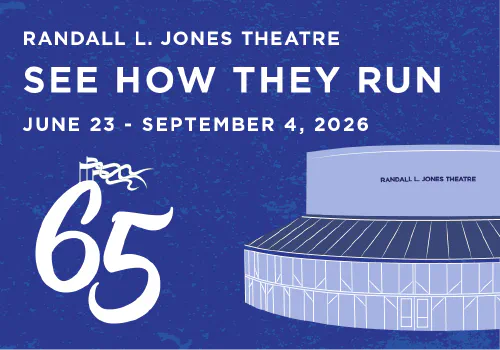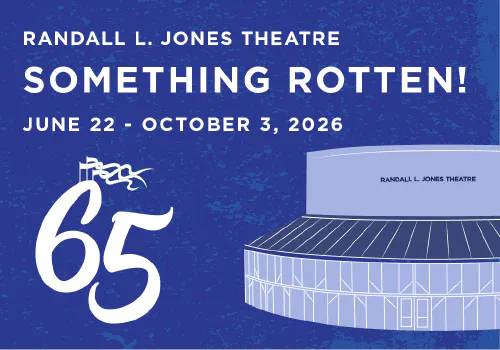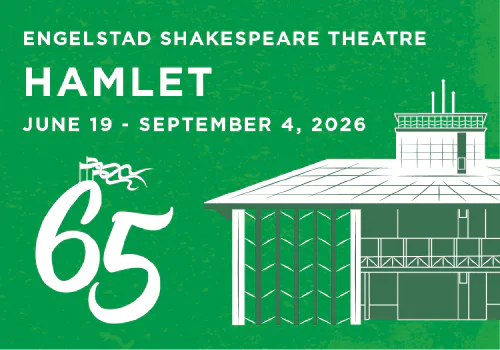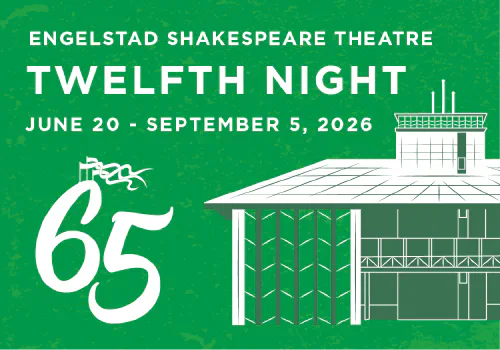By Lawrence Henley
In 1975, novelist E.L. Doctorow penned a colorful, nostalgic, and alarming portrait of America during the Progressive Era. Doctorow brilliantly framed this period in history, peppering the narrative with equal dosages of the most memorable and most troubling aspects of the T. Roosevelt-Taft-Wilson years. Ragtime interlaced hard facts, socio-economic themes, and historical figures with his own unforgettable characters.
In his book, Doctorow painted for a mass audience an unsettling comparison of those years with America in the 1970’s. This forty-five-year-old epic is still eerily resonant, observing with stunning accuracy the nation’s socio-economic trajectory. It also advances the troubling notion that our country may still have a significant road ahead of it in keeping all of our Constitutional promises to everyone that believes in its sacred tenants, as symbolized in the Statue of Liberty.
Doctorow’s story was curated for a much larger audience in the extraordinary 1981 motion picture Ragtime. Directed by the accomplished Miloš Forman (Amadeus, One Flew Over the Cuckoo’s Nest, Hair), the hit film featured major talents such as James Cagney, Mary Steenburgen, Mandy Patinkin, Debbie Allen, Elizabeth McGovern, and a young Samuel L. Jackson. In 1996, Ragtime continued its’ evolution, this time as a stage musical with book by playwright Terrence McNally plus superb music and lyrics by Stephen Flaherty and Lynn Ahrens. Produced by Canadian theatrical mogul Garth Drabinsky of Livent, Ragtime hit Broadway in 1998, following lengthy runs in Toronto (1996) and Los Angeles (1997). The New York production brought stardom to Audra McDonald (Sarah) and Brian Stokes Mitchell (Coalhouse).
The old axiom remains tried and true. It often seems like the more things change, the more they stay the same. As a nation, America made remarkable social progress in the more than one hundred years between the dawning of the twentieth and twenty-first centuries. And yet, here we are, entering the third decade of our century confronted with precisely the same issues and themes illustrated in Ragtime. They’re all as front and center in today’s headlines as they were in 1912: racial and social justice; legal equality and economic inequality; police ethics; women’s rights; the plight of immigrants; fear of anarchy and terrorism; and public scandals involving sex and murder.
Ragtime has a litany of unforgettable characters. Roughly half are based on real figures from the era, bringing with them the historical themes of the period in which Ragtime takes place (1902-1917). A prime example is the bizarre, salacious love-murder triangle of iconic neo-classical architect Stanford White, popular showgirl Evelyn Nesbit, and deranged Pittsburgh millionaire Harry Thaw, Nesbit’s frighteningly unstable husband.
Ragtime’s other legendary figures include illusionist Harry Houdini, billionaire bank and railroad baron J.P. Morgan, automotive pioneer and industrialist Henry Ford, anarchist-writer Emma Goldman, and intrepid North Pole explorer Admiral Robert Peary. These characters help to establish the colorful, nostalgic atmosphere in which Ragtime’s main plotlines evolve, creating a rich, genuine feeling of their fascinating time in history. Breathing life into these immortals transports the audience back to their time with an air of authenticity.
Ragtime’s fanciful yet dramatic musical score revives the essence of some of the greatest music America has yet produced: most obviously the loping, joyful piano sounds of ragtime. A precursor to jazz, the genre introduced syncopated rhythms into the music mainstream with composers like pioneering jazz bandleader W.C. Handy, pianist Scott Joplin (Maple Leaf Rag, 1899), Tom Turpin (Harlem Rag, 1897), and “Fats” Waller. After an initial period of snobbish resistance, ragtime emerged into general market. It faded in popularity by the end of World War I but has seen revivals, most notably in the hit movie soundtrack for The Sting (1974), starring Paul Newman and Robert Redford.
While historical figures serve to establish Ragtime’s environs, its’ interweaving storylines are mostly constructed around a series of fictional characters representing the demography of the latter part of the Gilded-Age. These are: the white, upper middle-class families of suburban New York (New Rochelle); African-Americans in Harlem; and Jewish Eastern European immigrants in lower Manhattan. As these individual storylines develop they gradually coalesce, melding into a unified finale.
Tateh, a gifted artist recently emigrated from Latvia, scuffles to earn a living on the filthy streets of the Lower East Side, selling novelty artwork such as cut paper silhouettes and flip book animations. Tateh tosses his wife out of their tenement apartment when he learns she’s been forced to prostitute herself to avoid their eviction. He becomes a single father, raising a beautiful daughter who rarely talks. Traumatized by poverty and a broken home, Tateh dreams of prosperity in his adopted country, and eventually finds it in the new medium of moving pictures.
To establish universality, Ragtime’s lily-white family from New Rochelle aren’t given proper names. They’re simply referred to as Mother, Father, Little Boy, Grandfather, and Younger Brother. Mother and Father have a respectful, if somewhat prickly relationship. Father likes to believe he’s in firm command of the household, but Mother fields an increasingly assertive presence. She strongly resembles the American woman of the suffrage era. Father owns a profitable company, producing fireworks, explosives, and other munitions.
Younger Brother is Father’s most talented engineer. He works for the patriarch but quietly resents his authority, harboring a restless, rebellious streak. Increasingly discontented with life in the aristocratic suburbs, he spends most of his free time in Manhattan, pursuing urban entertainments and his prurient desires. Ragtime takes a noticeable left turn when Younger Brother encounters revolutionist Goldman and bombshell Evelyn Nesbit. The final brick of his radical transformation is set in place when he turns empathetic to the plight of Ragtime’s most unforgettable character, an eloquent yet willful African-American musician named Coalhouse Walker, Jr.
Coalhouse is a gifted classical pianist who, due to his race, can only find employment performing ragtime tunes in a Harlem nightclub. Still, the money is good and affords him the opportunity to finally propose marriage to his elusive sweetheart, Sarah. Unbeknownst to Walker, their union has produced a newborn son that Sarah is unable to care for. Here the worlds of the African-American lovers and the white suburbanites collide when Mother accidentally stumbles upon Sarah’s abandoned baby.
Mother convinces police authorities (and a highly unenthusiastic Father) that she is in need of household help, assuming custody of both Sarah and the baby. When Coalhouse discovers Sarah’s whereabouts, he motors up to New Rochelle to visit her behind the wheel of his pride and joy – a sparkling, new Model-T automobile. Delirious with the news that he has a son, he proposes marriage to the relieved Sarah. Almost immediately, trouble arises in the form of racial harassment and vandalism.
Driving back to the city, Coalhouse finds the road blocked by a drunken brigand of Irish-American fireman, led by their smarmy chief, Will Conklin. This ugly incident ends with Walker’s car top damaged and a pile of manure heaped inside the vehicle. Demanding reparations and legal justice from the local constabulary, he receives none and is instead arrested for a parking violation! While in custody, the firemen completely trash his Model-T. Seething, Coalhouse refuses to marry unless Conklin is brought to justice and the car is restored to his satisfaction. It’s 1912 and, unsurprisingly, the musician is greeted with an insulting lack of results, despite legal action and Father’s attempts to pay for the car’s restoration. The repulsive episode engenders tragic consequences.
Desperate to marry and escape New Rochelle, Sarah naively interrupts a presidential campaign rally, pleading with Taft’s vice-president to render justice for her fiancée. It’s within days of an infamous assassination attempt on candidate Teddy Roosevelt, and Sarah is fatally hospitalized after being beaten back by over-protective Secret Service agents. A devastated Coalhouse sets out to revenge both Sarah’s death and the destruction of his car. Recruiting a gang of black anarchists and Younger Brother, the explosives genius, Walker plots and orchestrates a revenge caper. After torching the fire station, the gang forcibly overtakes J.P. Morgan’s library. Held hostage are many millions worth of priceless art and artifacts.
Two impactful characters appear in response to the takeover: New York Police Commissioner Rhinelander Waldo (played in the film by an aging Cagney) and legendary civil rights leader Booker T. Washington. In an attempt to negotiate a resolution to the standoff, Waldo hands over the Father and Conklin as human hostages. Washington finds Walker’s tactics abhorrent, but agrees to meet with him to diffuse the crisis. Who will make it out of the library alive?
As distanced as Ragtime’s depictions might seem today, the show strikes uncanny parallels with the America of 2020. Again, we see growing economic imbalances between the elite and the middle and working-classes. We still see the suffocating pressure of racial divides with law enforcement and minorities. We see unrest in the streets and deep concerns over the potential for domestic terrorism. There is much disagreement concerning the upward struggles of immigrants and their access to citizenship and lawful employment. The primary lesson in Ragtime may be this: the more our nation changes, the more things have stayed the same.










